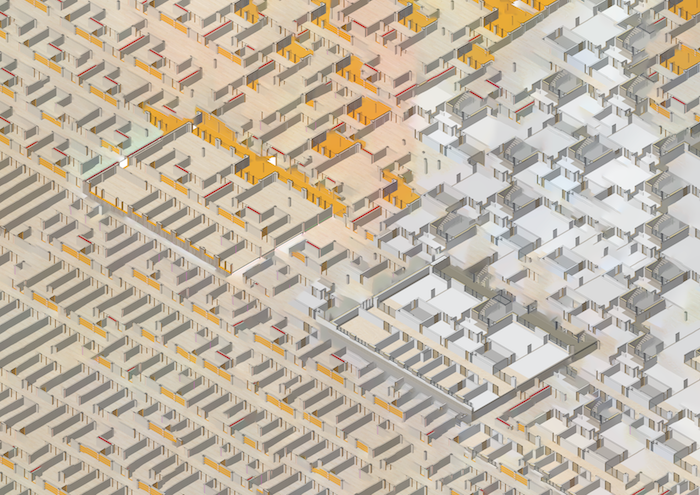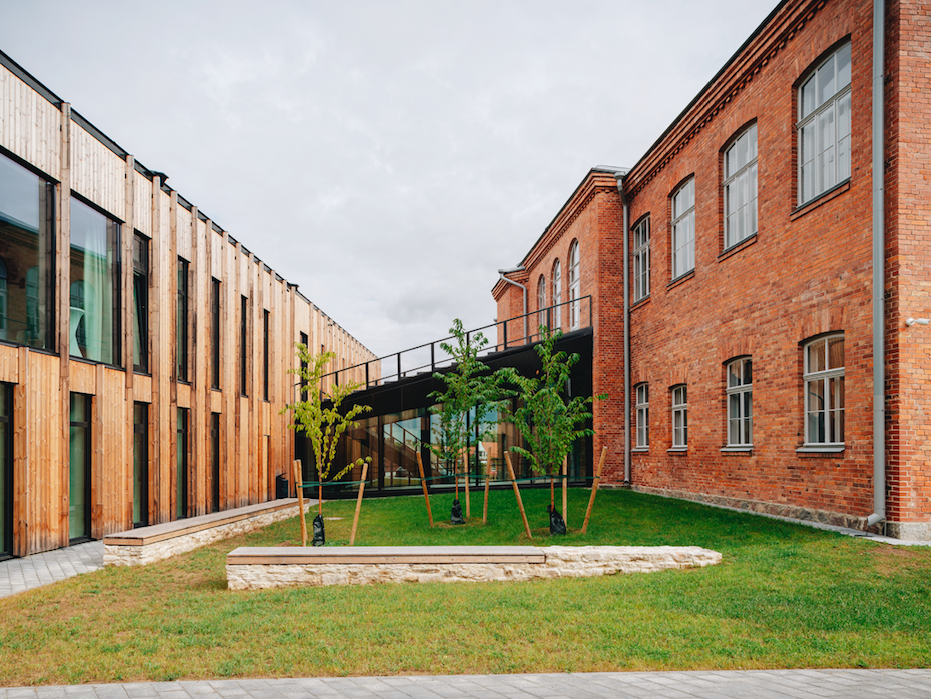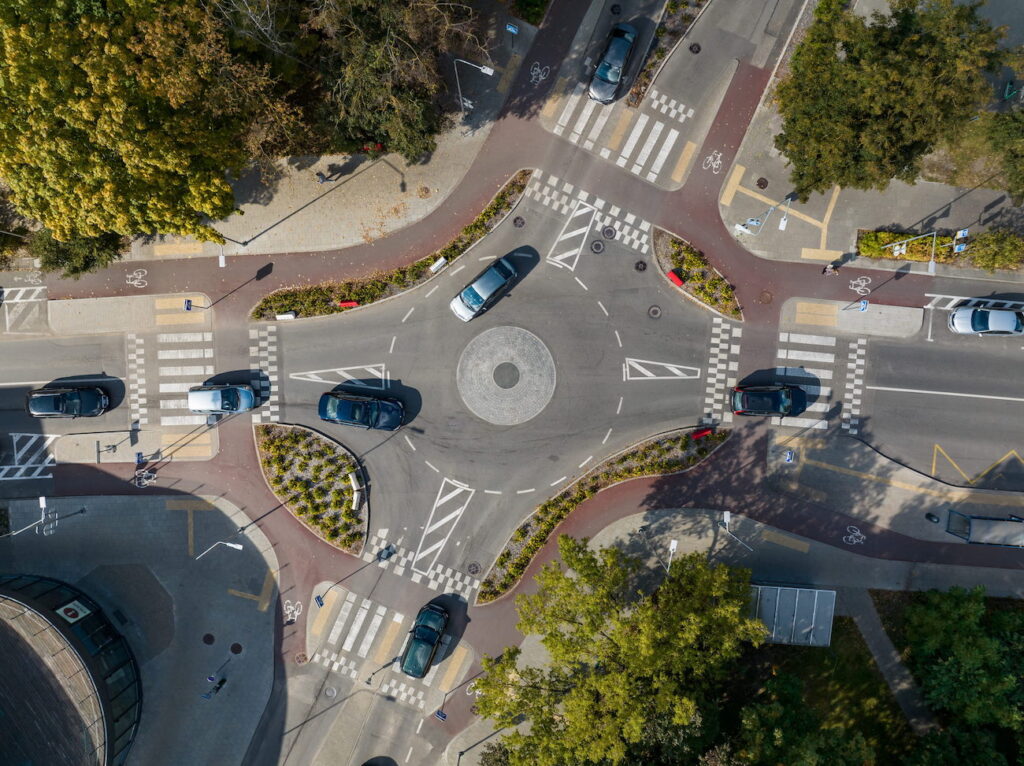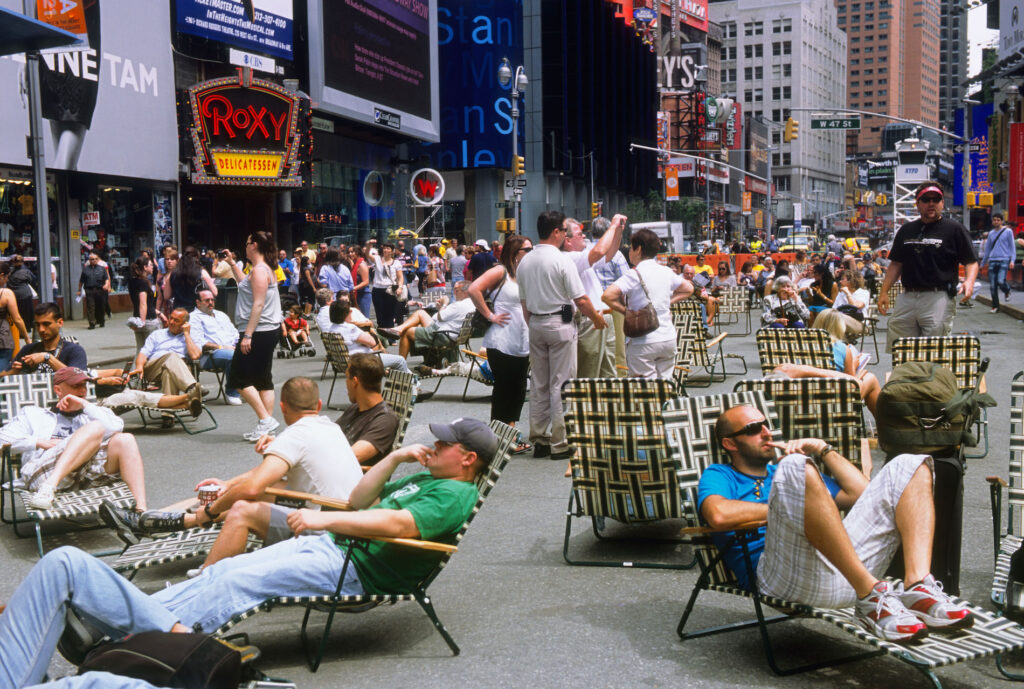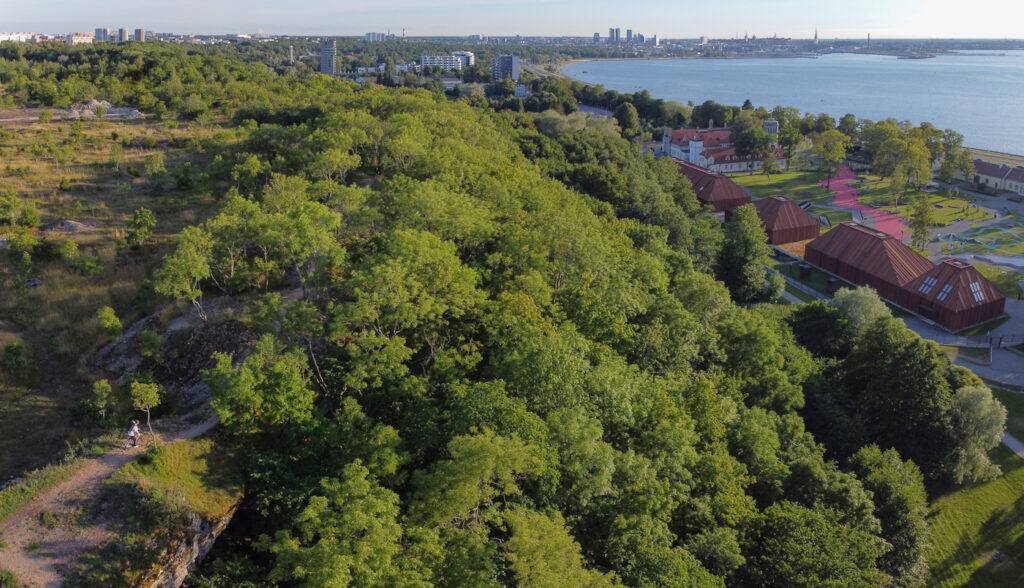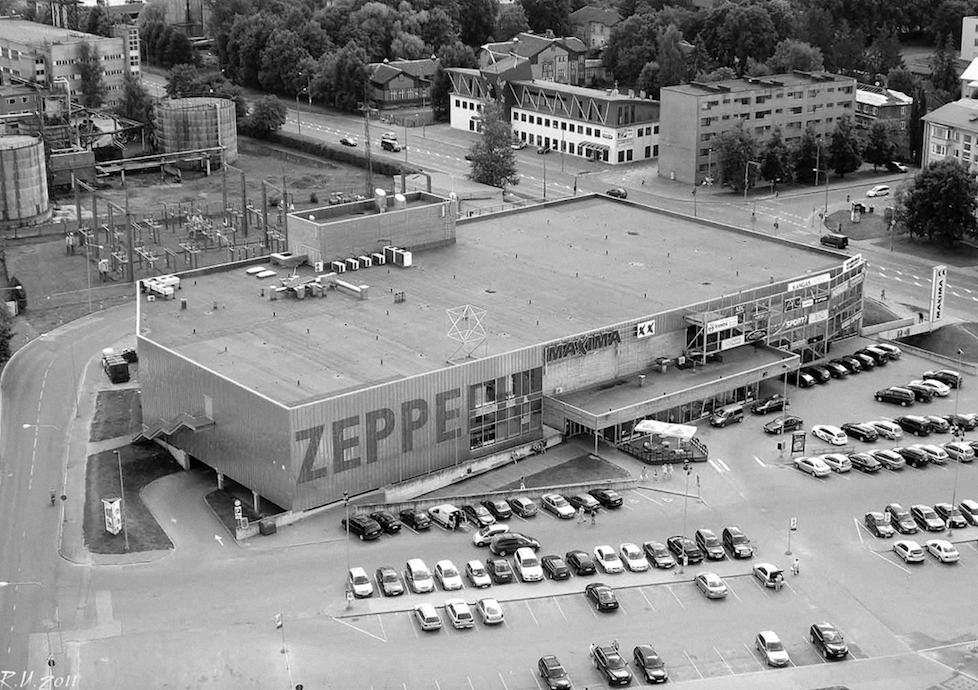Winter 2023: Street Unrest
An industrial construction technology based on modular and reusable building components can resolve many problems in the construction sector.
Why is it no longer possible for 21st-century Estonia to continue without a spatial development office, and what kinds of new values would the new office create?
In Tallinn, we have had quite a lot of good visions for the future: development plans, studies, and strategies. Yet, we have not acted according to these ideas which has resulted in a different environment than envisioned—especially if we look at our mobility and the quality of public spaces. Our colleagues in Vilnius have created a simple street manual and it seems that they are successful at implementing it. We gathered Jonas and Anton from Vilnius to find out how they have done it.
How about we agree that from here on out, we will be implementing only good spatial solutions? Okay?
In order to compensate for the bureaucratic inflexibility and sluggishness that is burgeoning in spatial design, a new methodology has evolved that enables to operate in a more democratic, playful, experimental and cost-effective way.
The competition was won by Sfäär Planeeringud (Kerttu Kõll, Lauri Läänelaid, Triin Kampus and Alvin Kanarbik) with their proposal ‘Displacement’. The work caught the jury’s eye with its comprehensive solution that offered not only a design idea for the park, but also ideas on how to tie the urban space around the park with the new green movement trajectory, and how to reduce noise and air pollution in the city.
The circular economy centre highlights the potential of waste materials as a reusable resource. It creates possibilities for repairing, reprocessing and using things again.
There is a lot of talk about Pollinator Highway but what exactly is it, where it is located and what is its purpose?
Healthy Streets in Tartu is a guideline providing help for city officials or specialists working on spatial design.
It is no news to architects and real estate developers that the design of a new spatial environment usually begins with parking spaces as if it was the fundamental value. More and more practitioners, however, complain about the outdated mindset related to parking norms and the need for a new approach allowing to implement more sustainable decisions. Tartu city architect and the head of the spatial design department Tõnis Arjus discusses the city’s new ambitious online app considering the parking spaces according to the actual need.
Postitused otsas

